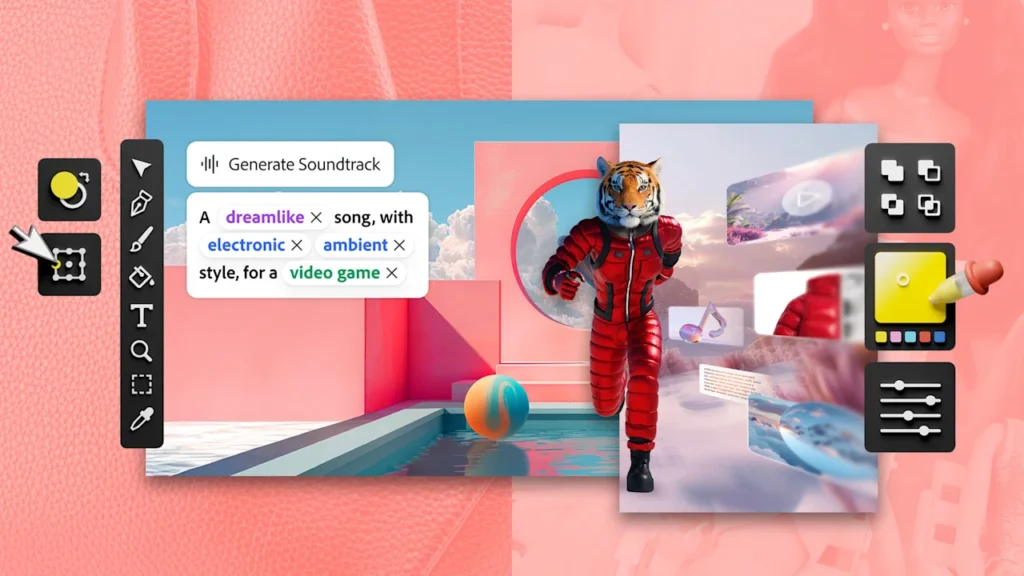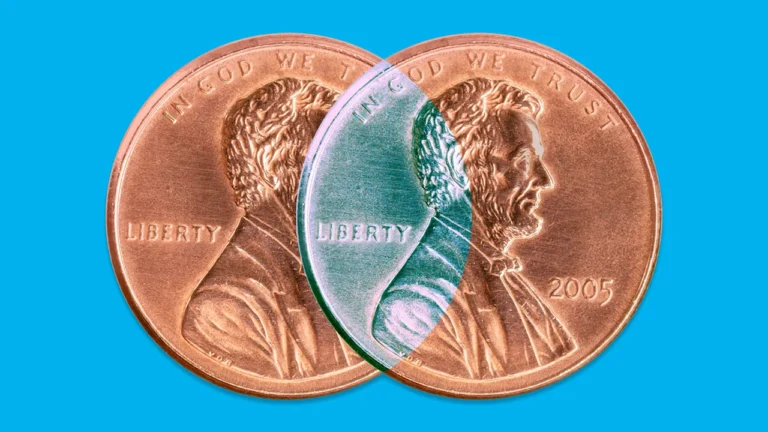
For decades, Adobe’s software tools, including Photoshop, Illustrator, and InDesign, have been the universal language of visual communication, shaping how marketers, artists, and brands build the modern creative world. As artificial intelligence transforms the nature of work and how we define productivity, the 42-year-old creative tech company is reinventing itself once again, transforming the world’s creative supply chains through its AI ecosystem.
Designers and marketers globally are using Adobe Firefly for generative image creation, Substance 3D for photorealistic modeling and digital twins, Express for rapid on-brand content production, and Experience Manager for orchestrating assets across global campaigns.
“AI should help you work faster and with more precision, while you stay in control of the craft,” says Hannah Elsakr, vice president of GenAI New Business Ventures at Adobe. “Firefly Custom Models and our new Adobe Firefly Foundry allow large brands to build proprietary, IP-protected models trained on their own assets.”
The impact is reaching every corner of the creative industry. At Tapestry, the parent company of luxury brands Coach and Kate Spade New York, AI is doubling as a force multiplier. The company is using Adobe Firefly Custom Models, an AI system trained on the brand’s patterns, textures, and archival details to accelerate design without losing the essence of its iconic craftsmanship. When ideas crystallize, Tapestry’s design teams turn to Adobe Substance 3D to create digital twins: hyperrealistic 3D versions of handbags, shoes, and accessories that look and behave like the real product.

“At Kate Spade, we are in an exciting phase of brand reinvention, and we are embracing innovative technologies to elevate our creative process,” says Lissette Siesholtz, senior director of leather goods technical design at Kate Spade New York. “AI serves as a tool to expand the possibilities of design, helping us push boundaries and explore new directions.”
Siesholtz added that designers take ideas generated in Firefly and refine them across other tools, including Illustrator and Photoshop, to perfect each concept for commercialization. This leads to agility, as marketers can preview products earlier and campaigns can be built in parallel with the new design.
AI is rewriting the creative supply chain
AI is also powering the marketing muscle for some of the world’s most recognizable brands. Newell Brands, for instance, the company behind household names like Elmer’s Glue, Sharpie, and Paper Mate, is reimagining its entire content supply chain to keep pace with the speed of digital culture. When the team began planning Elmer’s massive back-to-school campaign, they faced a familiar challenge: too much to create, and too little time to do it.
Instead of traditional photo shoots, the team utilized Adobe Firefly to generate hundreds of visuals, from texture-rich close-ups to lifestyle scenes, with each uniquely tailored to Elmer’s distinct brand aesthetic.
“A great example is the Elmer’s cut-paper custom model. Instead of physically cutting paper and gluing pieces, we trained a custom Firefly model to create that fun, energetic style at scale,” says Samantha Tuttle, director of marketing & commercial excellence at Newell Brands. “Our designers and insights teams actively monitor consumer perceptions around AI.”
Paper Mate and Yankee Candle have since adopted similar workflows, using Firefly’s AI capabilities to test illustrations and visual variations that improved engagement across global markets.
Nick Hammitt, chief marketing officer at Newell Brands, explains that the brand’s distinctive styles, whether Elmer’s playful paper-cut visuals or Paper Mate’s hand-drawn illustrations, were all originally crafted by hand. While AI now accelerates production, the human touch remains essential. “People are at the beginning and the end verifying quality, brand alignment, and safety.”
Adobe’s partnerships now stretch from Mattel, using Firefly to create packaging and storytelling for Barbie, to Coca-Cola, which codeveloped Firefly Design Intelligence, an AI-powered design system that helps brands maintain creative consistency worldwide.
AI can imitate style, but not soul
As brands increasingly use AI across design, marketing, and production, the creative workforce is racing to keep up. A new report from creative tech platform Envato, surveying more than 1,700 creatives globally, found nearly half of creative professionals use AI daily for client work, with 50% using AI significantly more than they did six months ago.
Artists believe the future depends on balance: using AI to enhance the creative process, but never allowing it to define or dilute human expression.
“AI can never truly understand the emotional texture of human creativity, because it lacks the ability to feel,” says Santanu Hazarika, a multidisciplinary visual artist. ”Art is born out of experience, conflict, reflection, and emotion, which can only be mimicked by the system.”
Hazarika noted that when technology becomes universally accessible, the creative landscape fills with repetition, a kind of aesthetic homogeneity that emerges when tools are used without personal language or depth of intent. “If AI is used merely to mimic or replicate an existing artist’s work, it becomes an act of duplication rather than creation,” he says.
So the next time you glance around your desk: the coffee cup with its sleek label, the packaging on your favorite snack, the app you used to order lunch, AI was there somewhere in its creation, quietly shaping the world around you.
